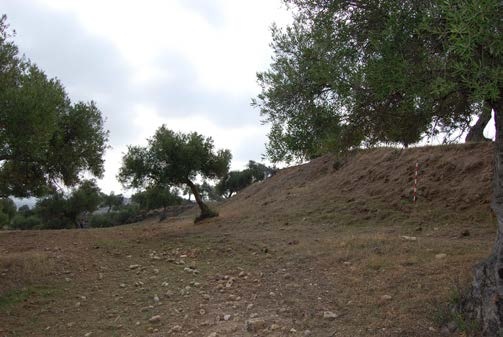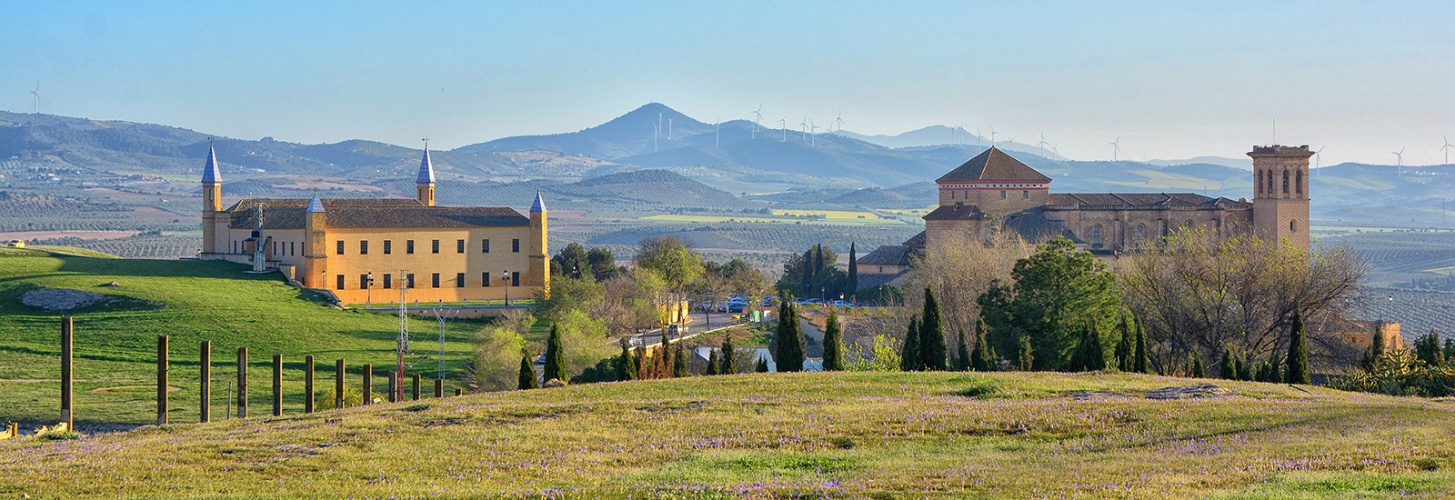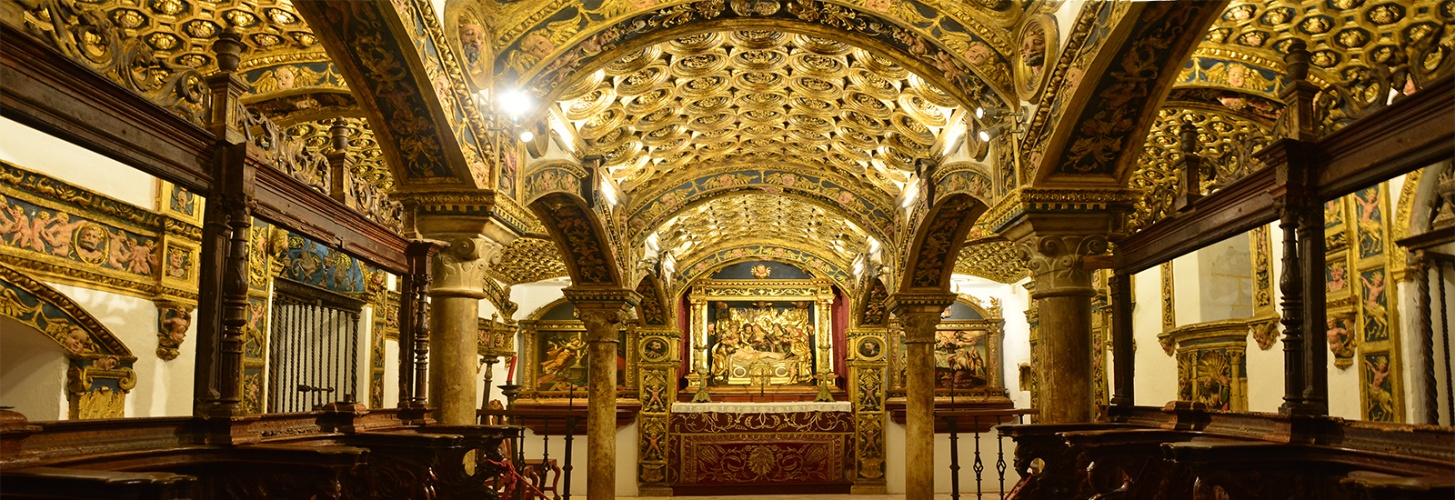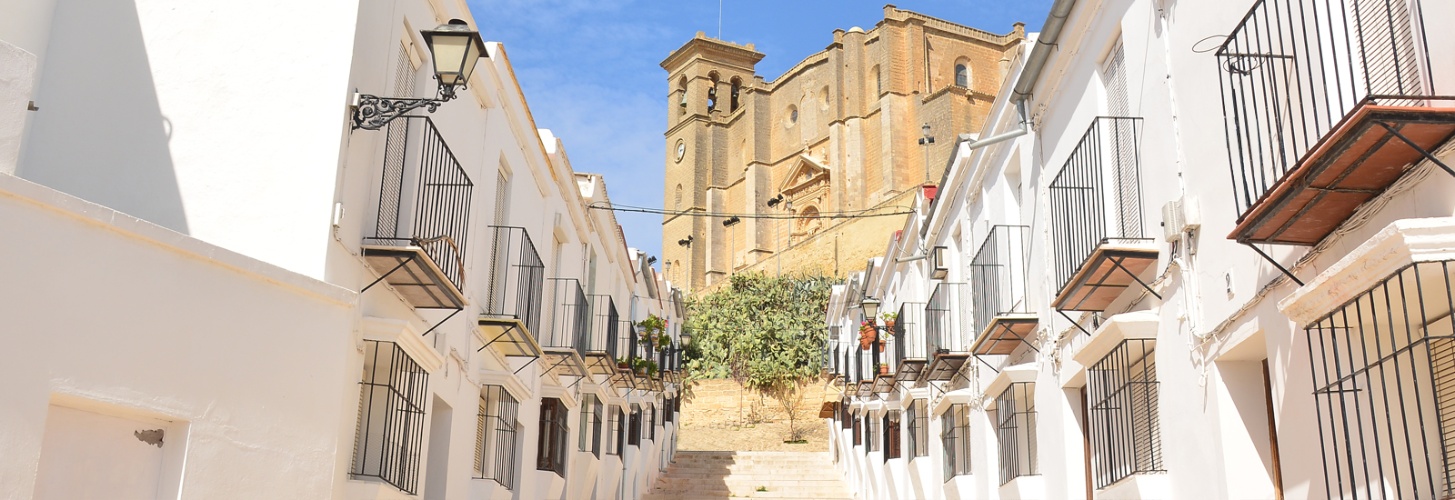Remains of the Urso Pre-Roman Wall
In 1903, two French archaeologists, Pierre Paris and Arthur Engel, excavated the defensive enclosure of the Iberian population of Urso, being the last stronghold of the Pompeian’s troops in their fight against the troops of Julio César.
Subsequently, in 1973 the area was studied by Ramón Corzo with a current methodology. The stretch of the wall is located in the Saint José path. The defensive system of the primitive settlement wasn´t totally perimetral but comprised of discontinuous elements which protected the places of more easy access and less protected naturally.
Traditionally, the wall has been dated back to the middle of the first century before Christ, although the most recent studies have the inclination for an older chronology. In the intervention, it was discovered a wall about 95 meters long, reinforced with four semicircular towers. Its profile with a slope keeps the same disposition than the quarry in which is located, forming a great curve to the right. Between the filler material, the famous collection of “Osuna reliefs” was found which after passing through the Louvre Museum, currently it can be contemplated in the Archaeological National Museum in Madrid.
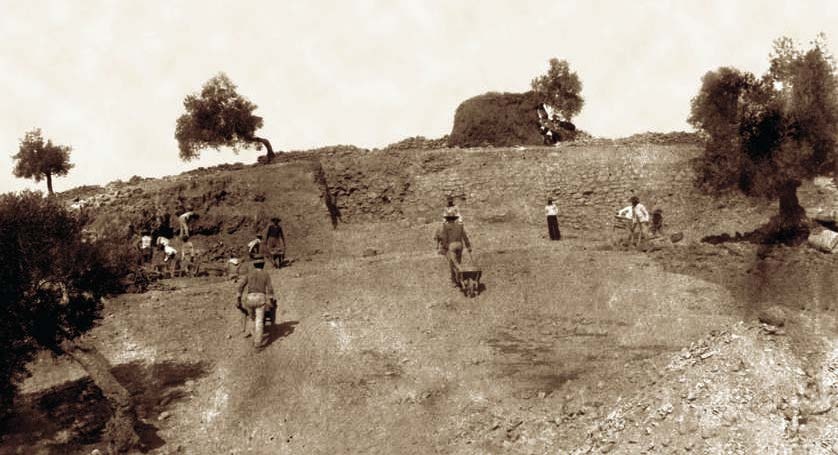
After both interventions, the discovered structures were covered again, although some remains emerge allowing to glimpse its impressive layout.
